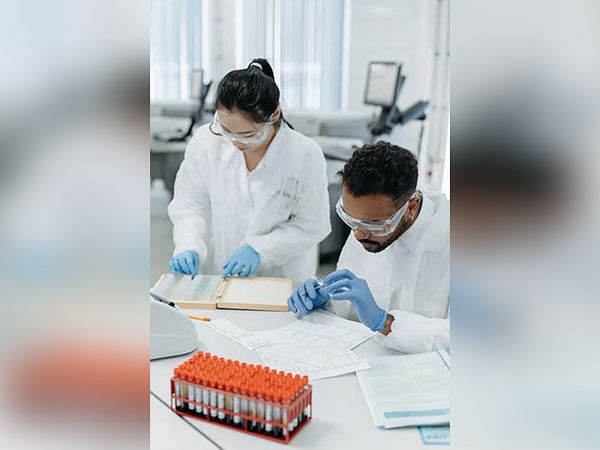Tokyo [Japan], February 21 (ANI): PCB2DG, an anti-inflammatory polyphenol, inhibits glutamine absorption by targeting and directly interacting with the main glutamine transporter protein, alanine serine cysteine transporter 2 (ASCT2).
This reduction in intracellular glutamine accumulation in CD4+ T cells also inhibits the production of interferon-gamma, or IFN-, indicating that dietary polyphenol therapy for autoimmune illnesses may be beneficial in the future. Furthermore, one of the study’s major accomplishments was the discovery of ASCT2 as the target protein of PCB2DG, which opens up new avenues for research into the effects of dietary polyphenols on immunological responses.
Researchers published their results on December 23, 2022 in International Immunopharmacology where the target molecule of polyphenols in immune cells was identified, as well as clarification on how PCB2DG works to suppress glutamine influxes within CD4+ T cells. The study used previous research by the same team to build upon their original hypothesis of cytokine inhibition in the presence of PCB2DG and other common food-derived polyphenols.
“Since activated T cells have been suggested to cause autoimmune diseases, it is expected that administration of PCB2DG will improve the pathologies of these diseases” said Katsunori Endo, first author of the paper and researcher at Shinshu University.
Procyanidins are dietary polyphenol compounds found in many commonly consumed plant materials, such as tea leaves, grapes (and therefore wine), and cacao. These procyanidins are combined with the functional group “gallate, “allowing for greater interactions with various protein surfaces. Combine the two and we have our subject: PCB2DG. This subject has been shown to inhibit glutamine uptake in CD4+ T cells thanks to its ability to bind to the glutamine transporter protein discovered in this study, ASCT2.
By “starving” cells of glutamine, an amino acid response (AAR) is generated, then inducing the activity of activating transcription factor 4 (ATF4) which promotes gene expression to synthesize amino acids. Since T cell activation depends on the presence of extracellular amino acids like glutamine for use as a base to build upon, glutamine and other amino-acid deficient cells are unable to supply the requirements for such T cell activation, leading to a reduced inflammatory response.
“We showed previously that the immunomodulatory effects of PCB2, PCB2 3-O-gallate, and PCB2 3”-O- gallate were obviously lower than those of PCB2DG. Therefore, the specific structure of PCB2DG, i.e. a dimeric polyphenol including two gallate groups, is likely important for its binding to ASCT2 and remarkable immunomodulatory effects,” Endo said.
Configuration and structure of molecules are crucial when it comes to physiological responses, as most interactions are not possible unless a “lock and key” mechanism is present to set off a chain of reactions. Understanding exactly what structure is needed to unlock the immunomodulating capabilities of polyphenols on immune cells was a large part of the question this research has helped to answer. (ANI)
This report is auto-generated from ANI news service. ThePrint holds no responsibility for its content.
